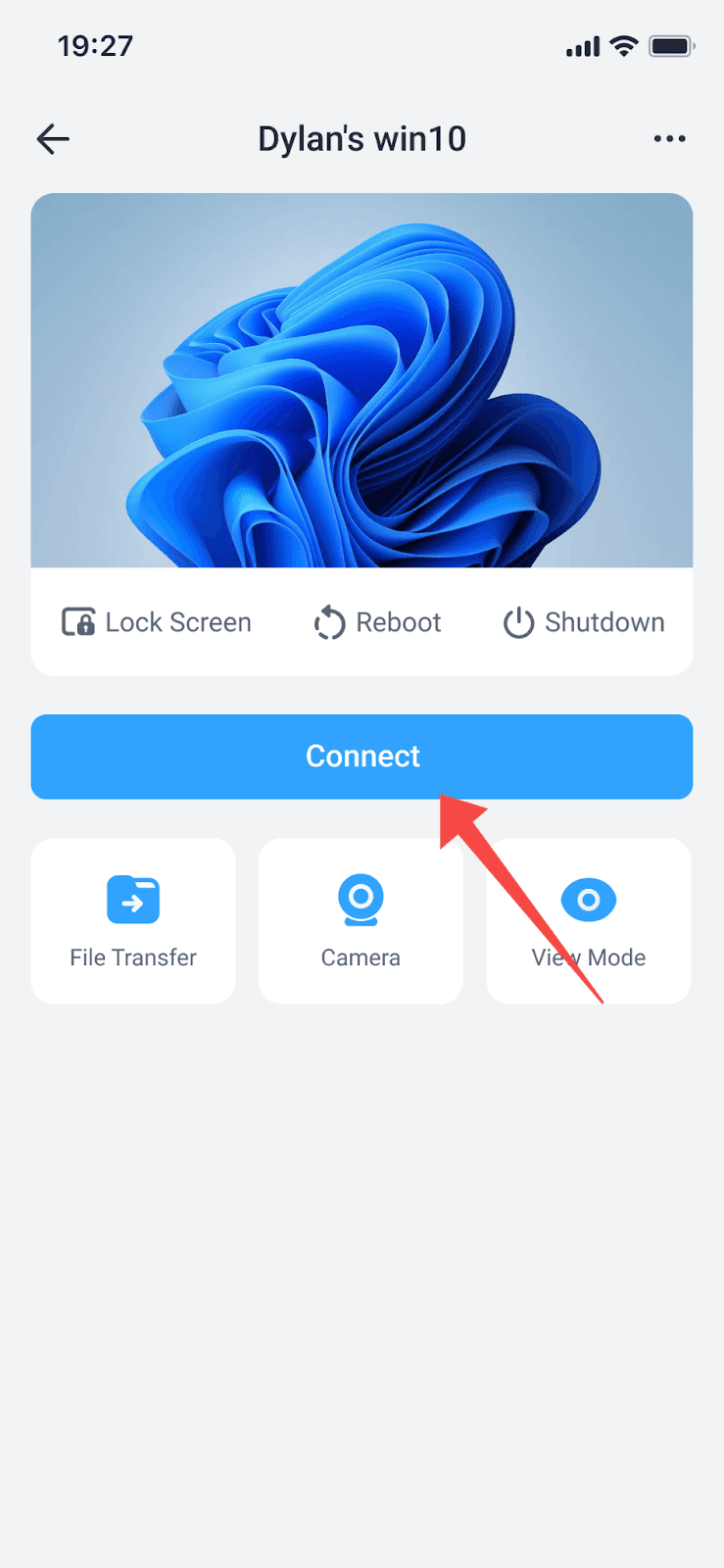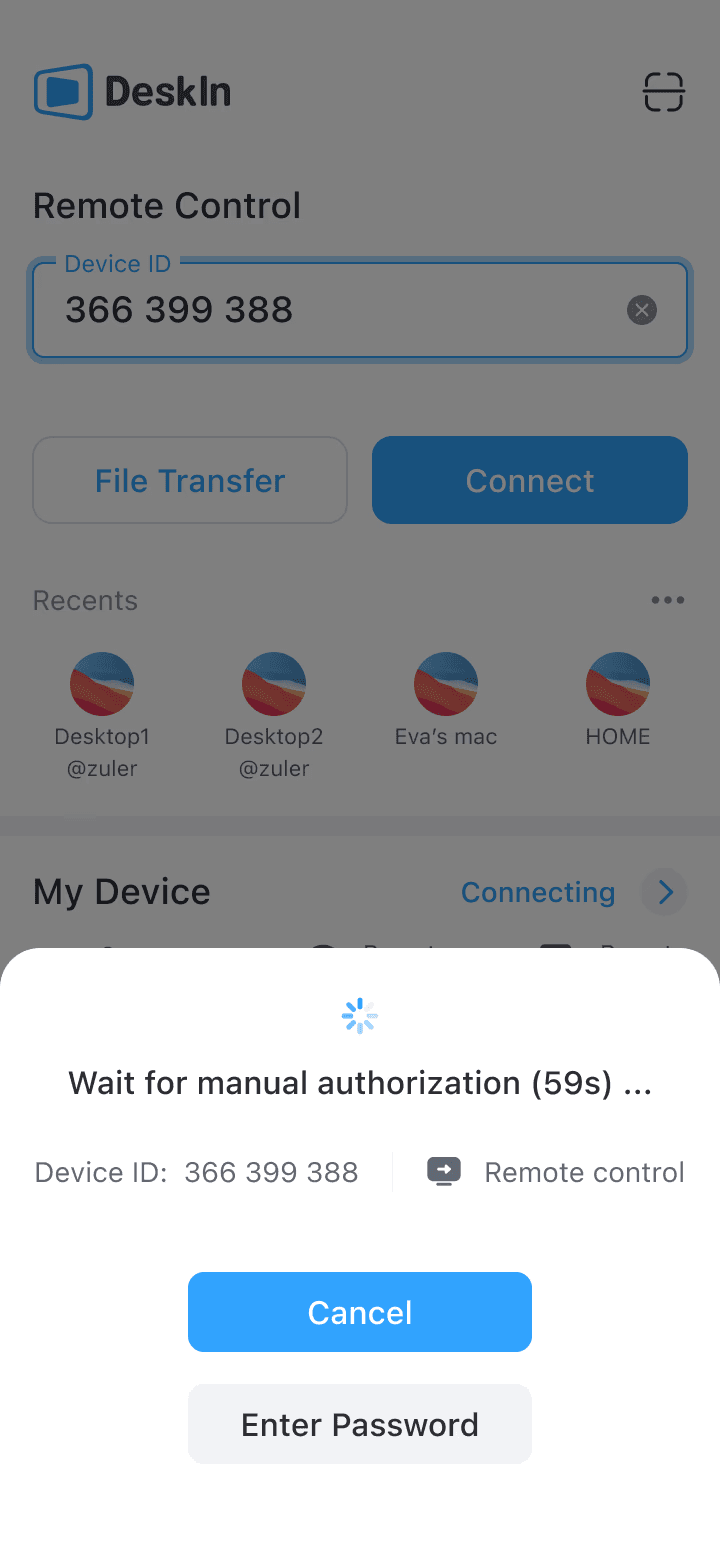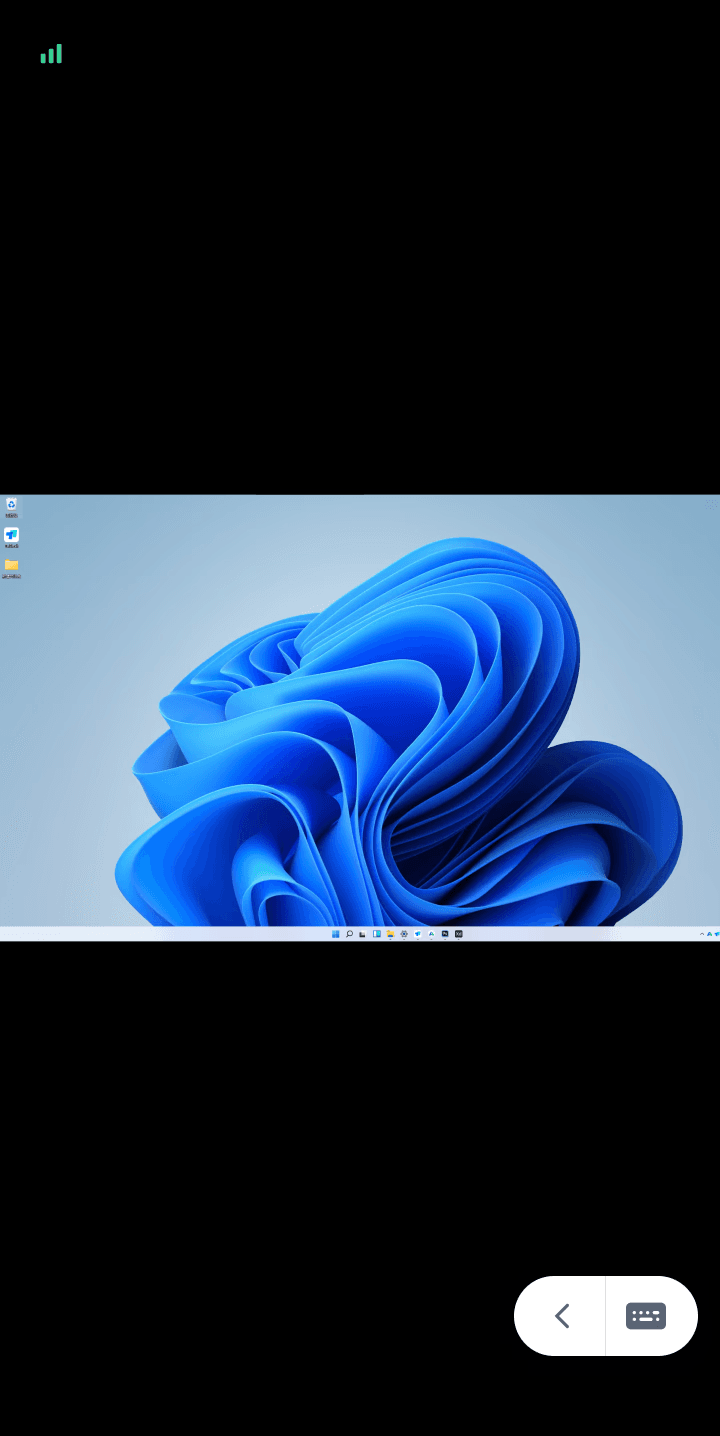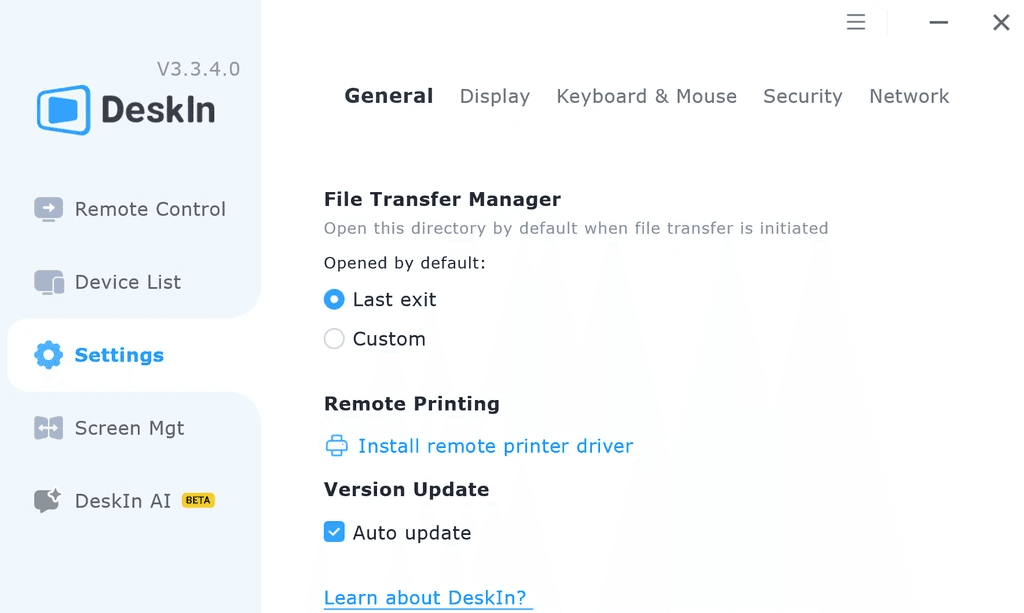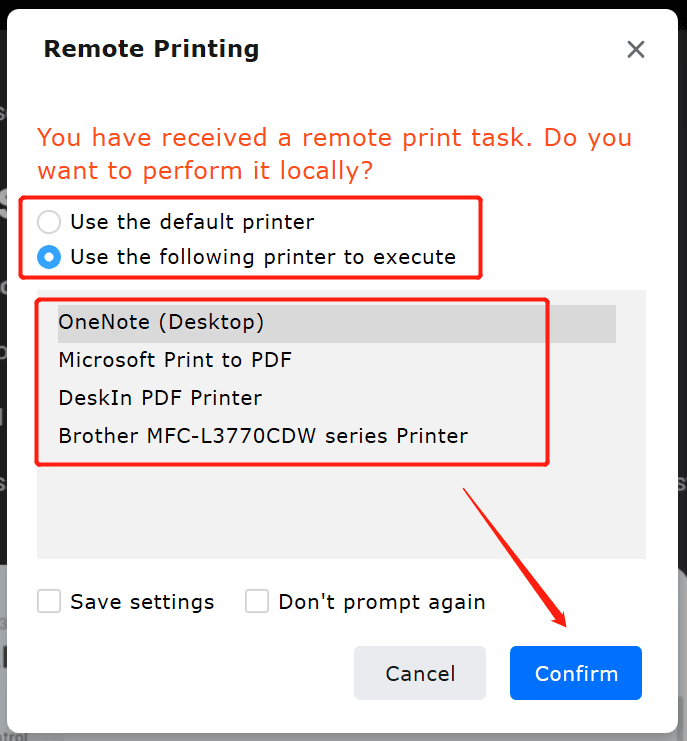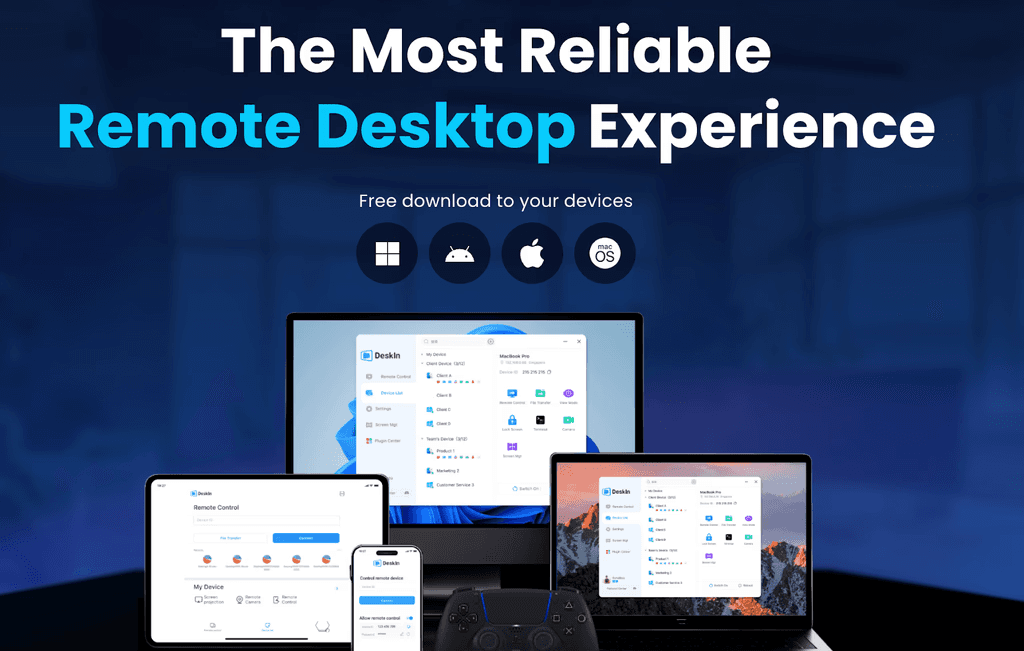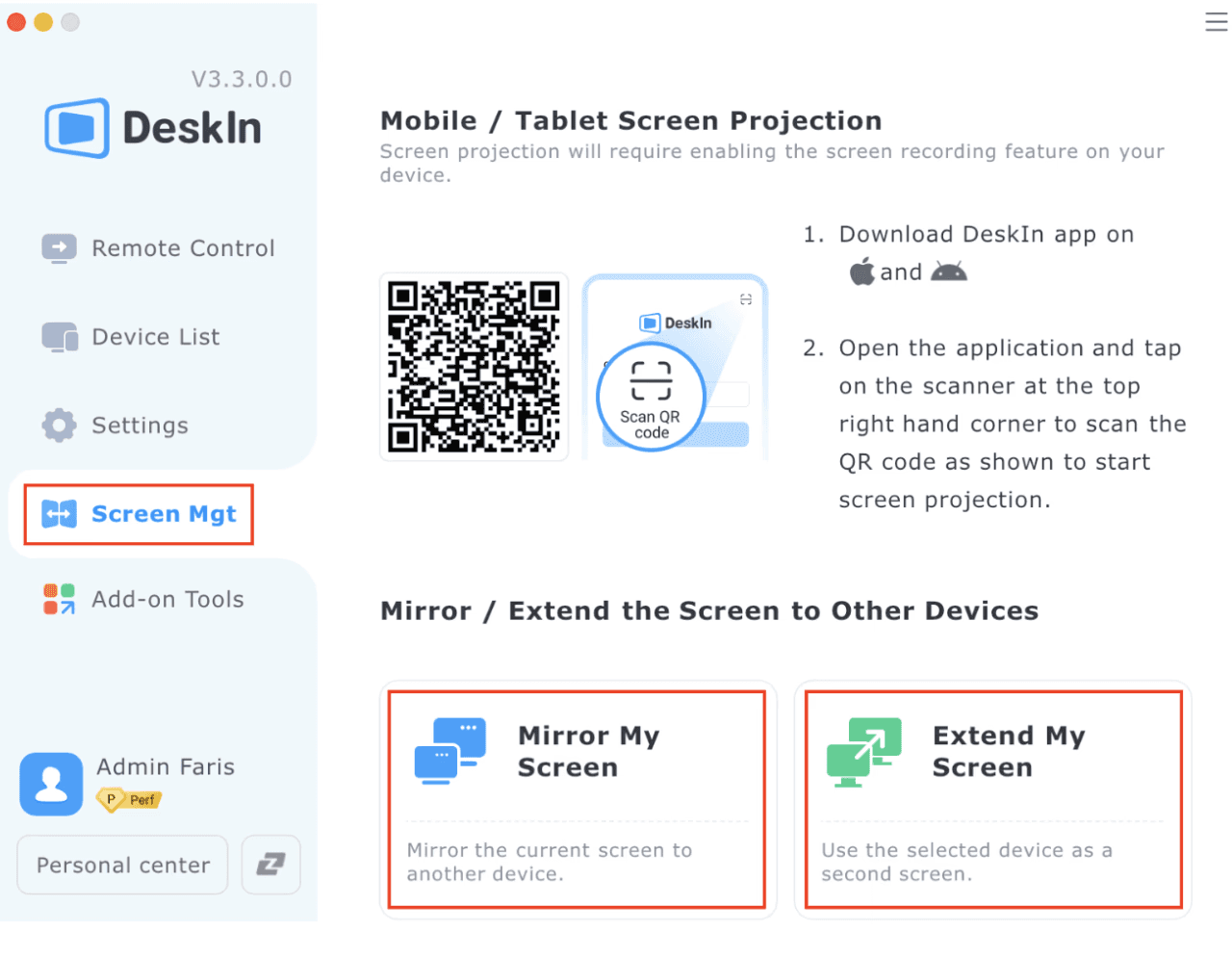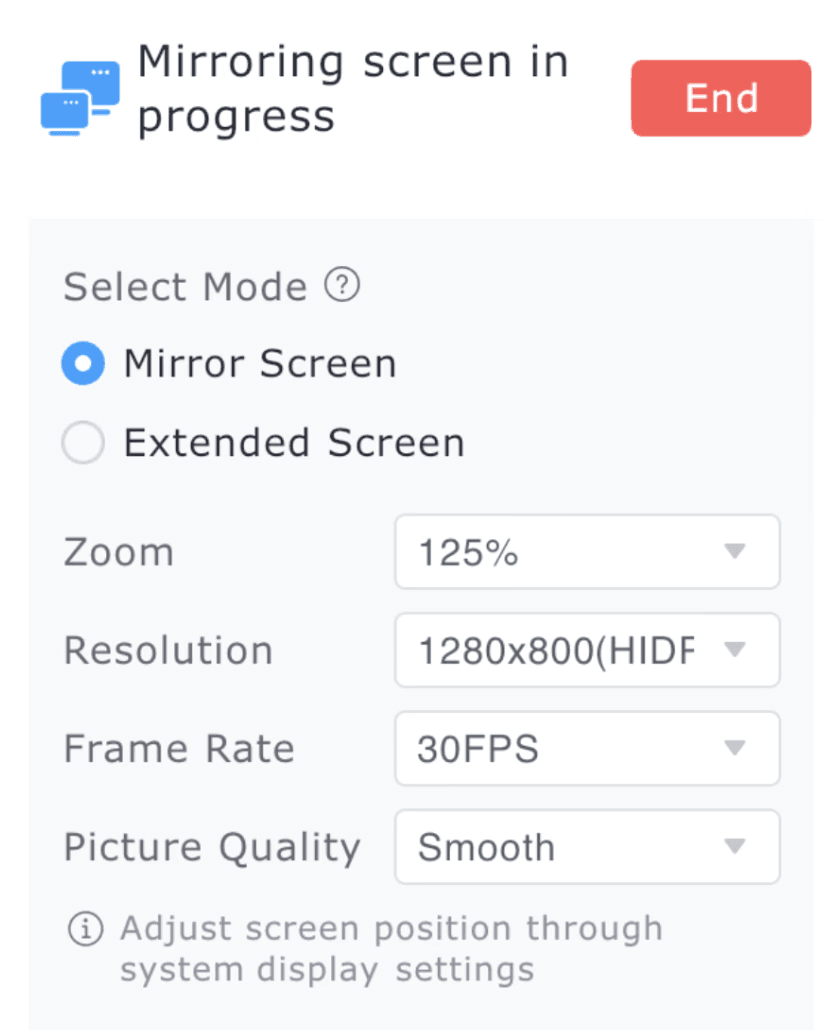If you are using Apple devices, you can do simple and fast file transfer between your iPhone and Macbook with Airdrop. But this only works with iOS and macOS systems. Besides using a USB flash drive, how can we transfer files from an Android phone or tablet to a Windows PC, or vice versa? This article will give you 5 simple and quick solutions.
Method 1: Send files via DeskIn remote desktop
DeskIn is a reliable remote desktop software that allows simple and fast file transfers between Android and Windows without the need to be on the same network. The speed and quality of transfer are not inferior to USB wired transfer. Now I will show you how to use DeskIn for quick file transfer.
Step 1: Download DeskIn
First install DeskIn on Android and Windows, register a free account and log in. When logging in to your account for the first time on a new device, you need to complete email verification to ensure account security.


Step 2: Connect and send files
After logging in: Click "Remote Control" >>enter the device ID of the target device>>"File Transfer" .
If you want to send files from Android to Windows, click "Send">>Select the photos or files you want to transfer >>” Change Path” to choose the transfer location.
If you want to transfer files from Windows to Android, click "Download" and select the files you want to transfer.



Method 2: Send files via Bluetooth
Transferring files via Bluetooth is also a common method. Here is how you can do:
1. Activate Bluetooth on both your Windows and Android device: Go to Settings >> Bluetooth and toggle on the Bluetooth option.
2. Pair the two devices
(1) Connect from windows: "Settings" >> "Bluetooth & other devices" >> "Add a device" >> Select the Android device>> "Connect".

(2) Connect from Android: "Settings" >> "Bluetooth" >> "Available devices" >> Select the Windows device to connect.

3. Transfer files from Windows to Android: Find "Send or receive files via Bluetooth" in Bluetooth settings >> "Send files" >> Select the Android device to send files >> "Next" >> "Select the files to send".
Note: During the process of transferring files, you should pay attention to the pop-up reminder of "Accept incoming file?" on your Android device, and click "Accept" in time, otherwise the transfer will fail.




4.Transfer files from Android to Windows: select the file to be transferred on Android and click "Share" >> "Bluetooth" >> select the target Windows device and start transmission.

Limitations: This method requires the two devices to be nearby and under the same WIFI. It is not suitable for long-distance file transfer.
👍 You may also like:
Method 3: Send files via email
We can also transfer data between Android and Windows through email. It’s the most common and easiest way.
1. Log in to the same email account on your Android and Windows devices.
2. Send Files as attachment to your mailbox
3. Download the file in the email on another device
Limitations: Email service providers usually have restrictions on the size of attachment files. This method is not suitable for sending large files.
Method 4: Send files via communication app
Most communication software (such as Line, WhatsApp, etc.) have Windows and Android versions and allow simultaneous log in. It’s convenient using it to send files to yourself or friends. Taking Line as an example, log in to the same account on your mobile phone and computer. upload the files that need to be transferred to "Keep Notes" and then download them on the other end.
Limitations: To ensure transmission speed, communication software usually compresses the files. So, it is not suitable for transmitting videos or photos since the image quality may be compromised. Some software also has restrictions on file type and size.
Method 5: Send files via Google Drive
Using Google Drive to transfer files is also a very convenient method. Just upload the files on Android or Windows to Google Drive. Log in to the same Google account on another device, then you can download the files. Files can also be stored in the cloud for a long time. If you need to share data to multiple devices, you can choose this method. Google Drive also supports managing the access permissions of file data, which can better prevent data leakage.
Limitations: This method is relatively time-consuming than direct transfer, and the free storage space of Google Drive is only 15GB. If you need more space to transfer a large file, you need to purchase additional space.
Conclusion
The above are 5 simple and free ways to transfer files wirelessly between Android devices and Windows devices. They each have their own advantages and limitations. You can choose according to your actual needs. It is most recommended to use the first method, DeskIn remote software, for file transfer, because it not only does not need to be carried out under the same network——supports long-distance transfer; but also has no limitation on size, type and quantity of transferred files.The most important thing is that it maintains high transfer speed up to 12MB/S without sacrificing file quality. It can be said to be the best solution for cross-system file transfer between Android and Windows.

If you are using Apple devices, you can do simple and fast file transfer between your iPhone and Macbook with Airdrop. But this only works with iOS and macOS systems. Besides using a USB flash drive, how can we transfer files from an Android phone or tablet to a Windows PC, or vice versa? This article will give you 5 simple and quick solutions.
Method 1: Send files via DeskIn remote desktop
DeskIn is a reliable remote desktop software that allows simple and fast file transfers between Android and Windows without the need to be on the same network. The speed and quality of transfer are not inferior to USB wired transfer. Now I will show you how to use DeskIn for quick file transfer.
Step 1: Download DeskIn
First install DeskIn on Android and Windows, register a free account and log in. When logging in to your account for the first time on a new device, you need to complete email verification to ensure account security.


Step 2: Connect and send files
After logging in: Click "Remote Control" >>enter the device ID of the target device>>"File Transfer" .
If you want to send files from Android to Windows, click "Send">>Select the photos or files you want to transfer >>” Change Path” to choose the transfer location.
If you want to transfer files from Windows to Android, click "Download" and select the files you want to transfer.



Method 2: Send files via Bluetooth
Transferring files via Bluetooth is also a common method. Here is how you can do:
1. Activate Bluetooth on both your Windows and Android device: Go to Settings >> Bluetooth and toggle on the Bluetooth option.
2. Pair the two devices
(1) Connect from windows: "Settings" >> "Bluetooth & other devices" >> "Add a device" >> Select the Android device>> "Connect".

(2) Connect from Android: "Settings" >> "Bluetooth" >> "Available devices" >> Select the Windows device to connect.

3. Transfer files from Windows to Android: Find "Send or receive files via Bluetooth" in Bluetooth settings >> "Send files" >> Select the Android device to send files >> "Next" >> "Select the files to send".
Note: During the process of transferring files, you should pay attention to the pop-up reminder of "Accept incoming file?" on your Android device, and click "Accept" in time, otherwise the transfer will fail.




4.Transfer files from Android to Windows: select the file to be transferred on Android and click "Share" >> "Bluetooth" >> select the target Windows device and start transmission.

Limitations: This method requires the two devices to be nearby and under the same WIFI. It is not suitable for long-distance file transfer.
👍 You may also like:
Method 3: Send files via email
We can also transfer data between Android and Windows through email. It’s the most common and easiest way.
1. Log in to the same email account on your Android and Windows devices.
2. Send Files as attachment to your mailbox
3. Download the file in the email on another device
Limitations: Email service providers usually have restrictions on the size of attachment files. This method is not suitable for sending large files.
Method 4: Send files via communication app
Most communication software (such as Line, WhatsApp, etc.) have Windows and Android versions and allow simultaneous log in. It’s convenient using it to send files to yourself or friends. Taking Line as an example, log in to the same account on your mobile phone and computer. upload the files that need to be transferred to "Keep Notes" and then download them on the other end.
Limitations: To ensure transmission speed, communication software usually compresses the files. So, it is not suitable for transmitting videos or photos since the image quality may be compromised. Some software also has restrictions on file type and size.
Method 5: Send files via Google Drive
Using Google Drive to transfer files is also a very convenient method. Just upload the files on Android or Windows to Google Drive. Log in to the same Google account on another device, then you can download the files. Files can also be stored in the cloud for a long time. If you need to share data to multiple devices, you can choose this method. Google Drive also supports managing the access permissions of file data, which can better prevent data leakage.
Limitations: This method is relatively time-consuming than direct transfer, and the free storage space of Google Drive is only 15GB. If you need more space to transfer a large file, you need to purchase additional space.
Conclusion
The above are 5 simple and free ways to transfer files wirelessly between Android devices and Windows devices. They each have their own advantages and limitations. You can choose according to your actual needs. It is most recommended to use the first method, DeskIn remote software, for file transfer, because it not only does not need to be carried out under the same network——supports long-distance transfer; but also has no limitation on size, type and quantity of transferred files.The most important thing is that it maintains high transfer speed up to 12MB/S without sacrificing file quality. It can be said to be the best solution for cross-system file transfer between Android and Windows.


Play x Work
All at Once
DeskIn Remote Game
only $14.32 USD 🎉 Limited on July 16-31
Add promo code: deskinsummer1







